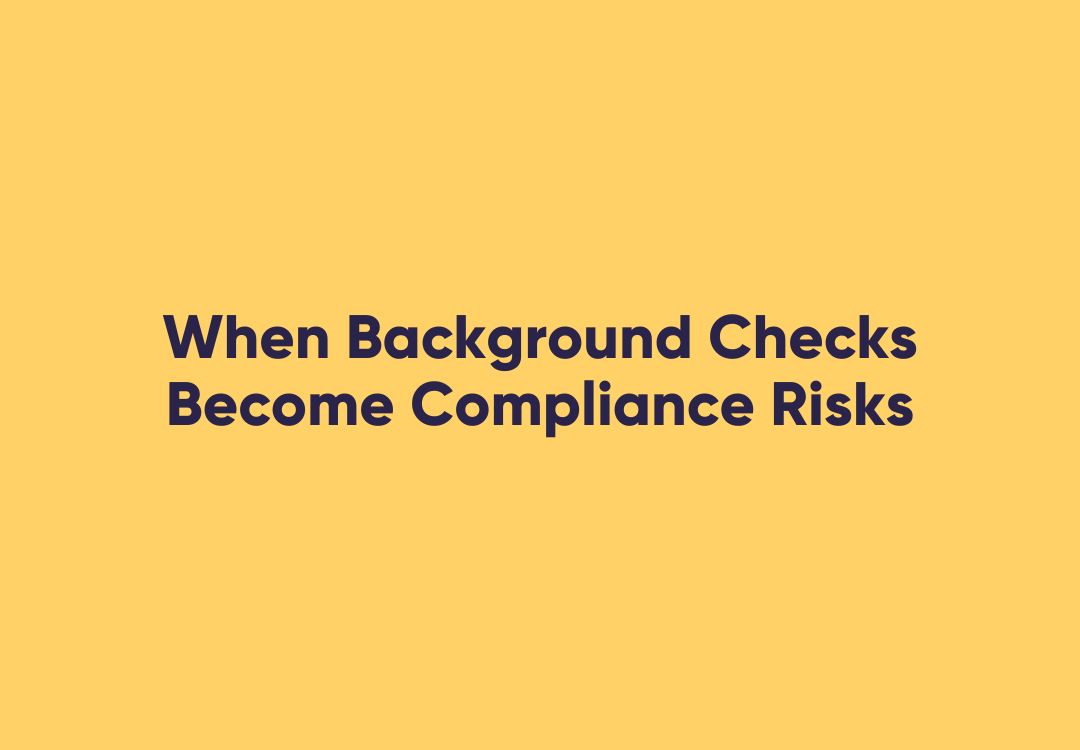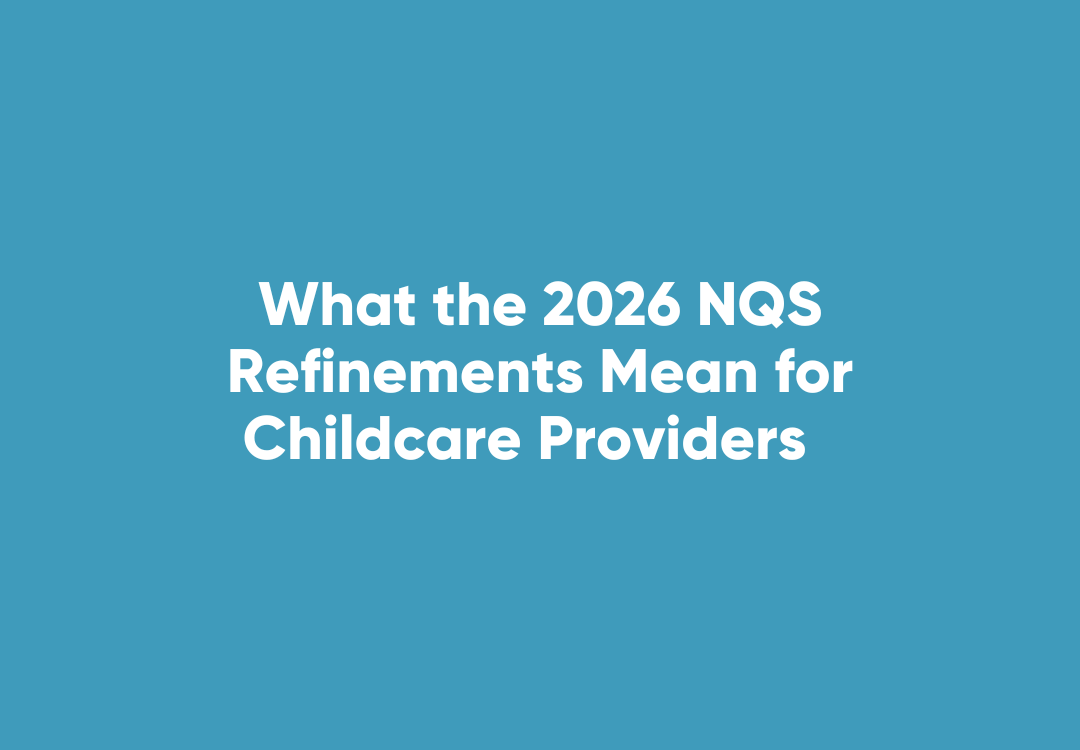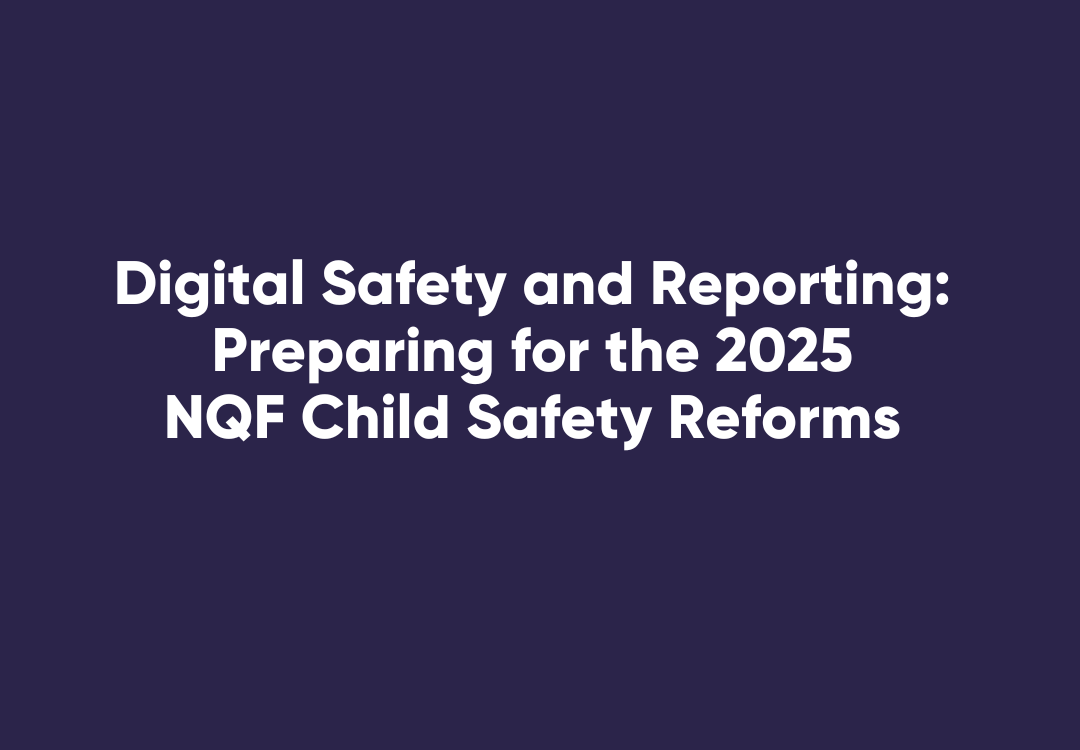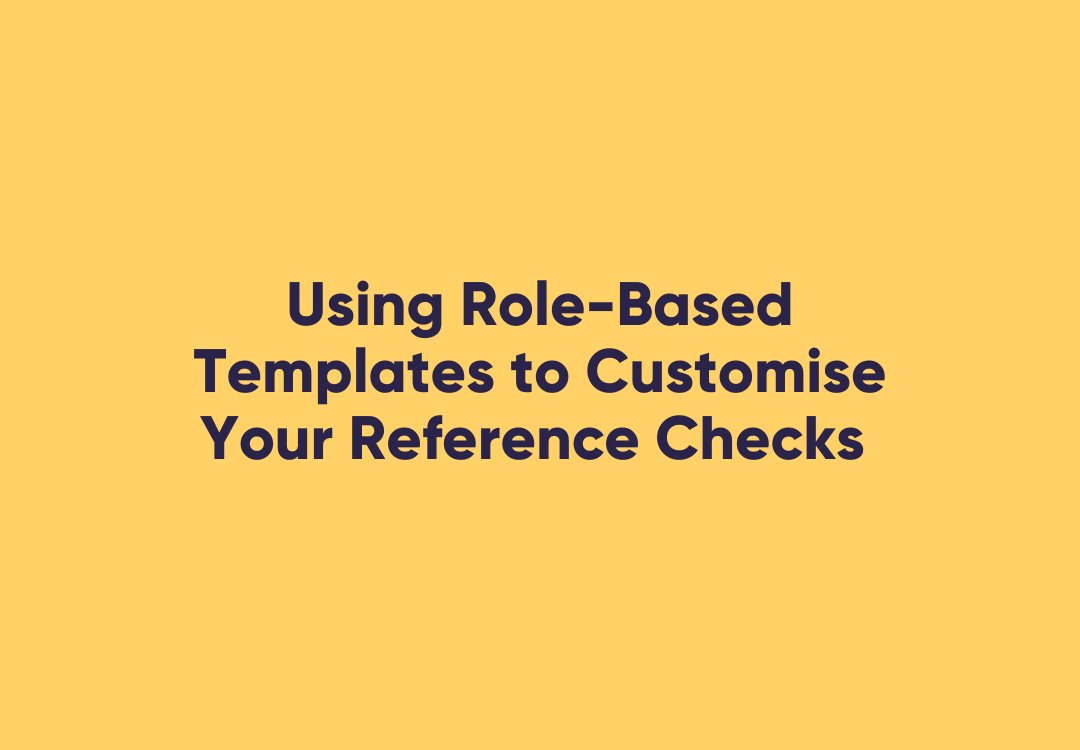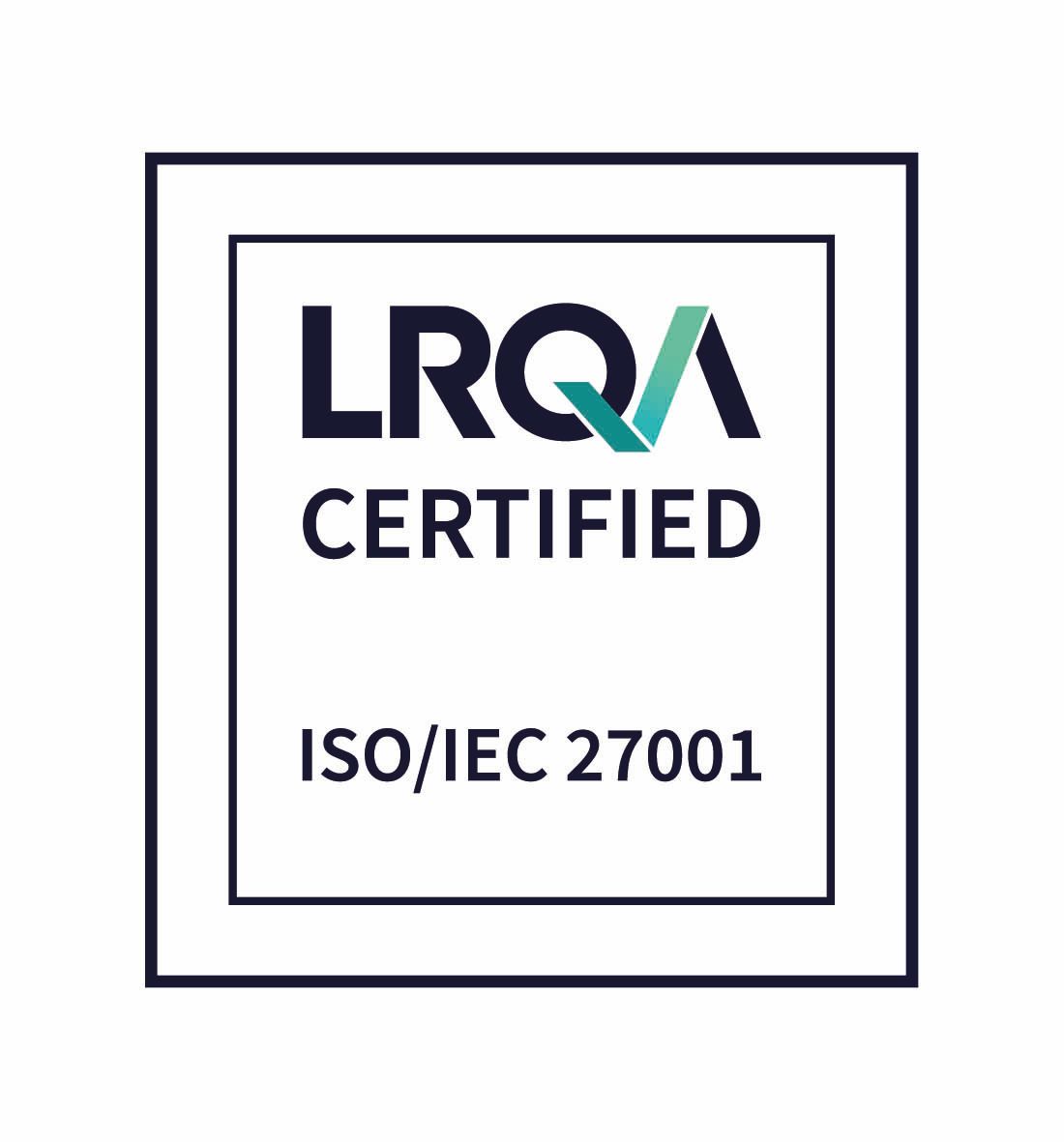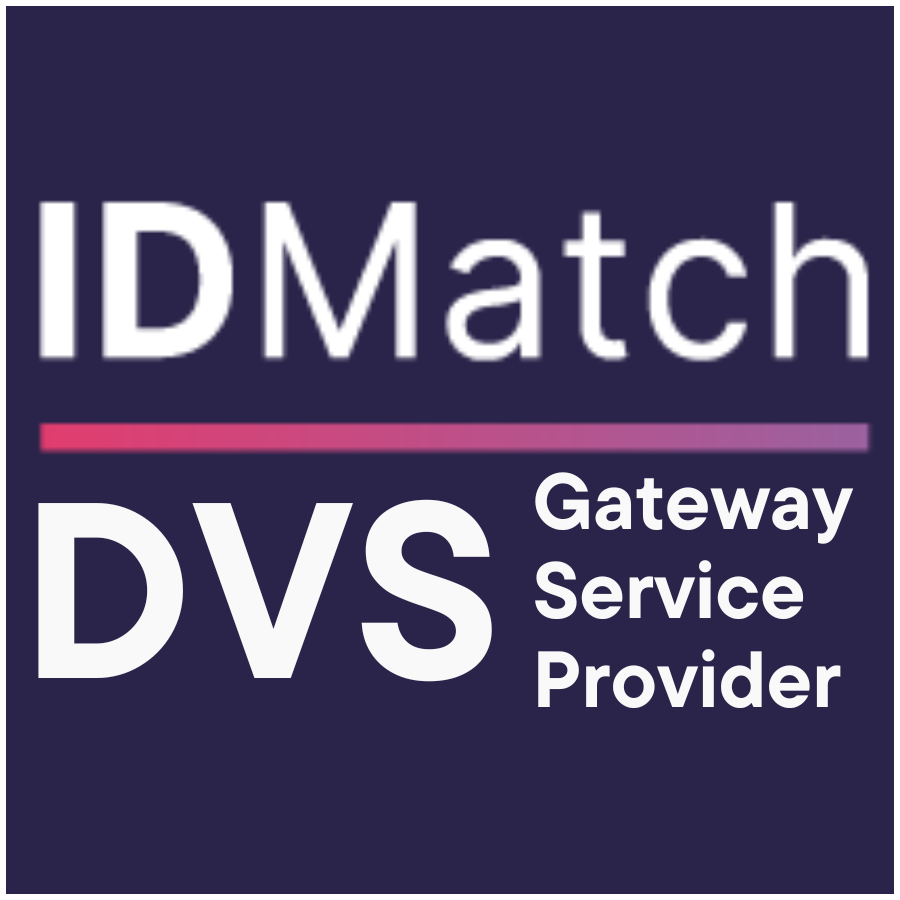How Credential Management Ensures a Job-Ready Workforce
A candidate’s qualifications and experience may look great on paper, but are they truly job-ready? Without verified certifications, industry licences, and compliance credentials, businesses risk hiring employees who may not meet legal or industry standards.
Ensuring proper credential management helps HR teams verify qualifications, track expirations, and maintain a workforce that is fully compliant and ready to perform from day one. This guide explores how credential management plays a crucial role in workforce readiness and how businesses can streamline the process.
What is Credential Management?
Credential management is the process of verifying, tracking, and maintaining employee certifications, licences, and compliance documents to ensure workforce readiness and legal compliance.
To build a job-ready workforce, credential management ensures that all employees have valid, up-to-date qualifications before they begin work. It supports HR teams in reducing compliance risks, avoiding onboarding delays, and maintaining workplace safety, particularly in regulated industries like healthcare, construction, and finance.
The Risks of Poor Credential Management
Without a structured system for managing credentials, organisations face:
- Compliance violations, leading to legal risks and fines.
- Operational inefficiencies, as missing certifications delay onboarding and productivity.
- Workplace safety concerns, especially in regulated industries such as healthcare, construction, and finance.
- Reputational damage, as hiring unqualified employees can impact service quality and trust.
According to recent research by Tapt, one in three Australian job hunters (33%) admit to lying during their job search.
Implementing a robust credential management system prevents hiring risks and ensures all employees are job-ready.
Key Aspects of Credential Management for Job-Readiness
1. Verification of Industry Licences & Certifications
HR teams must verify that employees meet industry and regulatory requirements before hiring. This includes:
- Confirming that required certifications and licences are valid and up to date.
- Ensuring compliance with government-mandated regulations.
- Preventing hiring delays by pre-verifying documents before onboarding.
2. Ongoing Credential Tracking & Expiry Management
Many certifications require regular renewals to maintain compliance. A credential management system helps by:
- Automating expiry alerts so HR teams can proactively renew credentials.
- Preventing compliance lapses that could disrupt business operations.
- Maintaining a centralised database of employee qualifications for easy access.
3. Streamlining Workforce Compliance Audits
Regulatory bodies often require businesses to demonstrate compliance during audits. A structured credential management process ensures:
- Instant access to verified employee qualifications.
- Reduced administrative burden by automating compliance tracking.
- Quick identification of employees needing recertification or training updates.
How Does Credential Management Support a Job-Ready Workforce
Implementing a structured credential management system helps HR teams:
- Reduce onboarding time by ensuring credentials are verified before a new hire starts.
- Improve workforce efficiency by minimising disruptions caused by expired certifications.
- Enhance compliance readiness by ensuring employees meet all legal and regulatory standards.
- Boost safety and quality assurance by confirming that employees are properly trained and certified for their roles.
Companies that integrate credential management into their hiring and compliance processes benefit from a more agile, risk-free, and job-ready workforce.
How WorkPro Simplifies Credential Management for HR Teams
WorkPro offers a comprehensive credential management solution that helps HR teams track, verify, and manage employee certifications efficiently.
Key WorkPro Features for Credential Management:
- Automated Licence & Certification Verification
- Instantly verifies the authenticity of employee credentials.
- Prevents hiring delays by pre-validating job-required certifications.
- Real-Time Credential Tracking & Expiry Alerts
- Monitors expiration dates and sends automated renewal notifications.
- Reduces the risk of non-compliance and workforce disruptions.
- Centralised Compliance Dashboard
- Provides HR teams with a single view of all employee qualifications.
- Helps organisations stay audit-ready with real-time compliance tracking.
- Integration with Background Checks & eLearning
- Connects credential verification with pre-employment screening and training.
- Ensures employees meet all job-readiness standards before onboarding.
With WorkPro’s credential management solution, businesses can ensure every hire meets job-readiness criteria, reducing compliance risks and improving operational efficiency.
Managing employee credentials effectively is a critical part of ensuring workforce job-readiness. By implementing a structured, automated credential management system, businesses can enhance compliance, efficiency, and workforce preparedness.
Is your workforce truly job-ready? WorkPro’s all-in-one platform streamlines compliance tracking, verification, and renewal management for credentials, as well as automating background checks, so HR teams can focus on hiring with confidence.
Discover how WorkPro can optimise your workforce credential management today.






